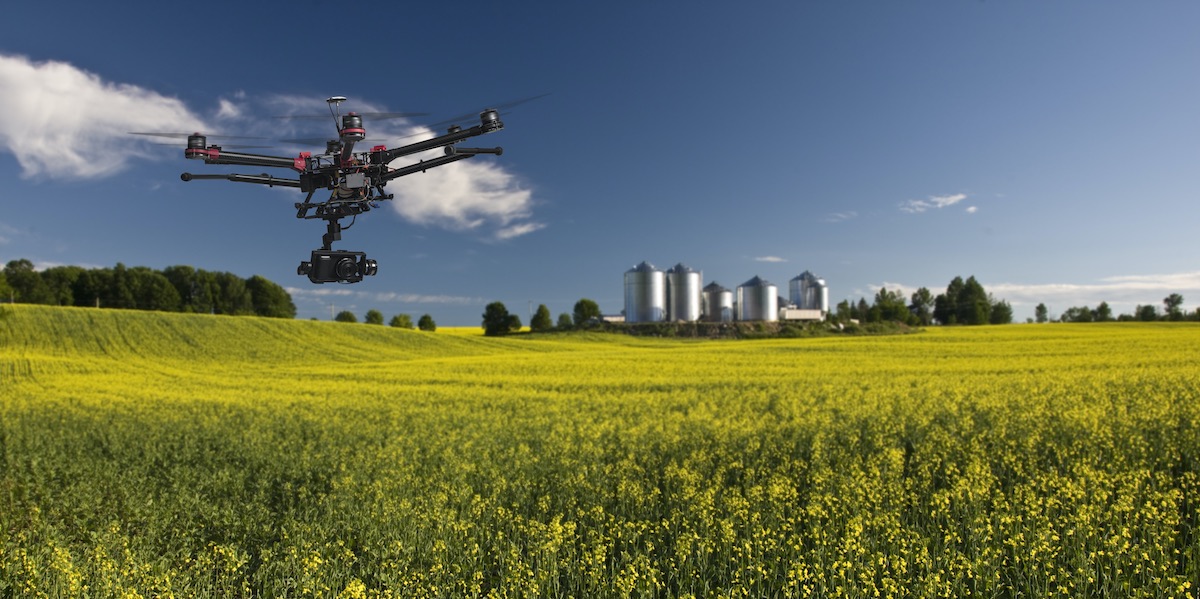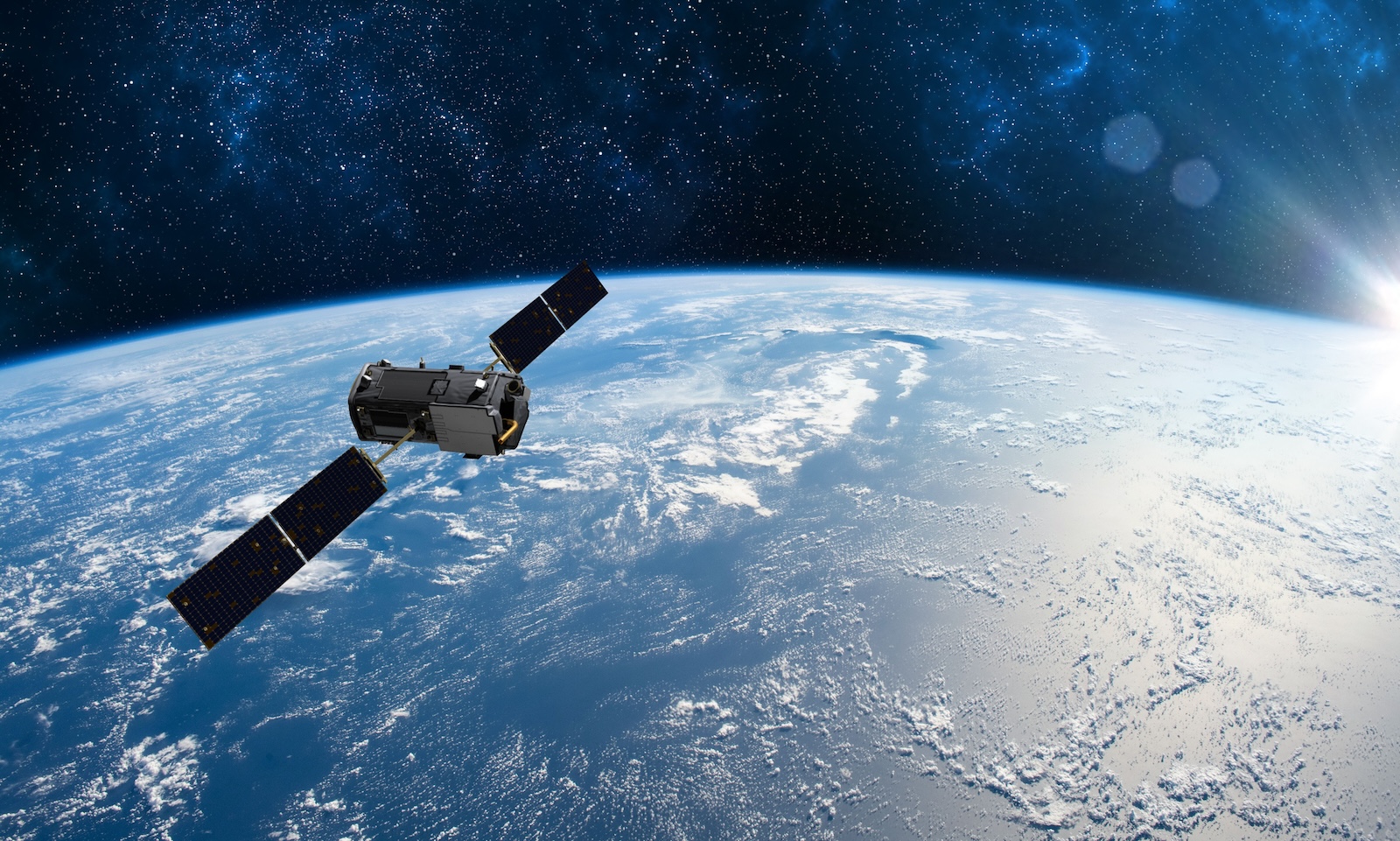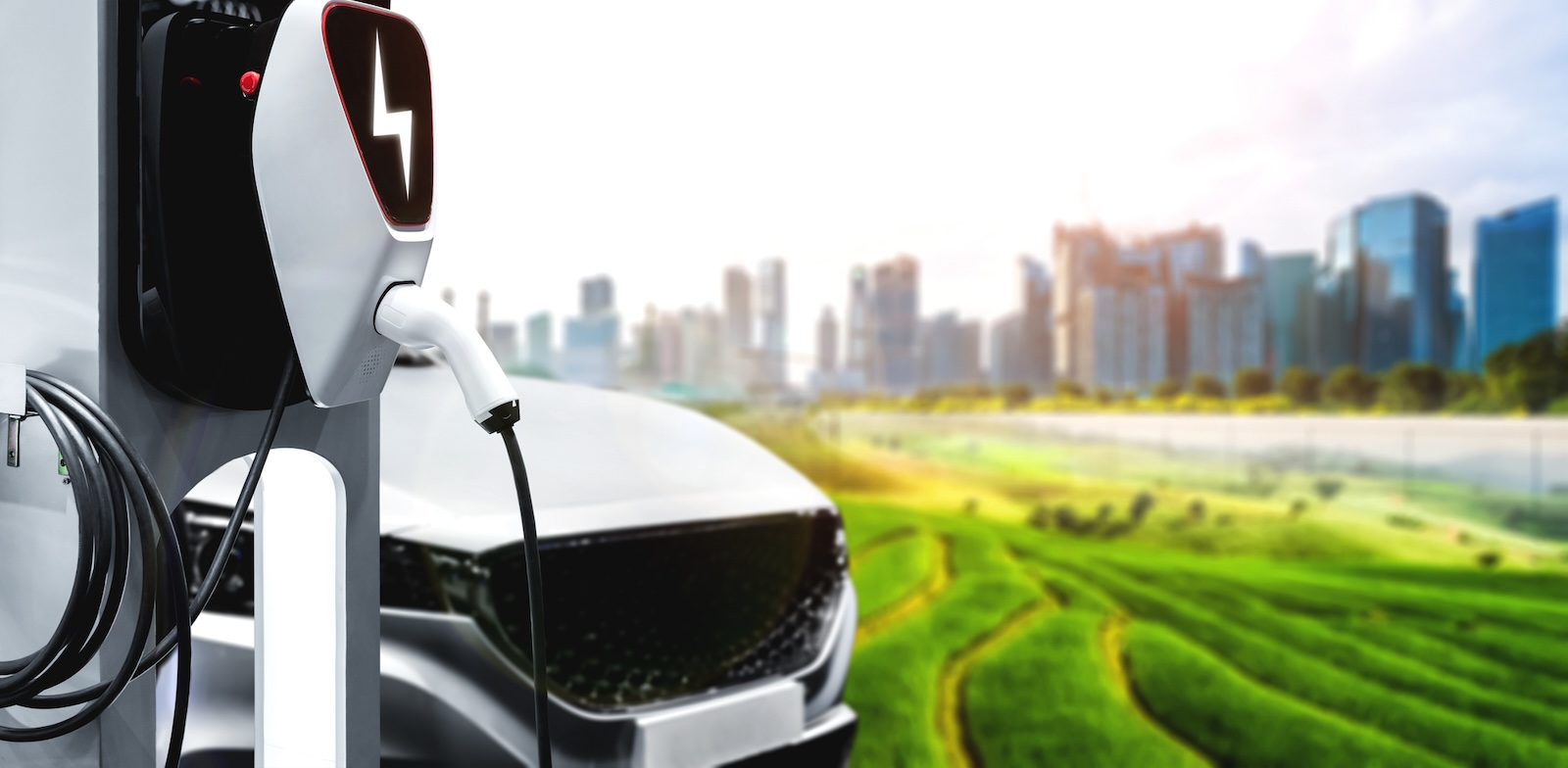Drones have revolutionized various industries, from aerial photography and videography to surveillance and delivery services. The range of a drone, or how far it can fly, is a crucial factor in determining its capabilities and applications.
Understanding the factors affecting drone range is essential for optimizing performance and exploring their possibilities.
Understanding the different components of a drone
Drones have various components that work together to enable flight and functionality. These include:
- The frame
- The physical structure of the drone
- Motors
- Propellers
- Electronic speed controllers
- Flight controllers
- Batteries
- Remote controls/transmitters
- Receivers
- Onboard sensors
In addition, some contain cameras or gimbals, which are attachments for cameras, and communication systems like WiFi.
Certain types of drones, like military drones, may also have specialized components. For example, military drones are built to withstand harsh environments and operate in challenging conditions.
Therefore, they often incorporate rugged designs like protective casings and reinforced structures to ensure durability and resistance to impacts, weather conditions, and electromagnetic interference.
How is the range of a drone determined?
Determining the range of a drone can be done in several ways. The easiest is to check the manufacturing specifications, which will typically provide an estimated range.
A line-of-sight test involves flying the drone while maintaining visual contact with it, determining the range via observation of when it starts to lose control or experience signal degradation. Of course, this is easier to manage with a drone that has a lower range.
Finally, there are mathematical equations that can assist in determining drone range.
What factors affect the distance of a drone’s flight?
The range of a drone, or how far it can fly, is determined by various factors, including battery capacity, drone size and weight, operating conditions, and components like the motor.
Battery capacity
Drone battery capacity is a critical factor in range. This is because the battery serves as the primary power source, providing the electrical energy required to operate the drone’s motors, propellers, and other essential components.
As a result, drones with larger battery capacities can typically fly for longer durations and cover more distance before requiring a recharge or replacement.
This is especially advantageous in scenarios that require drones to cover vast areas, perform long-range surveillance, or carry out missions that demand prolonged flight times. However, it is important to note that while larger battery capacities offer extended flight duration and range, they also increase the drone’s weight.
Thus, drone weight can negatively impact range. This is why lightweight yet high-energy-density batteries are needed to improve range and flight duration.
Drone size and weight
A drone’s weight affects its power consumption and flight efficiency. A heavier drone requires more energy to stay airborne, so it generally cannot fly as far as a lighter-weight drone with a similar battery capacity.
A drone built to be aerodynamic, with a streamlined design and low drag, is also better for range. A streamlined design typically involves shaping the drone’s body, wings, and propellers to reduce turbulence and minimize the front area exposed to oncoming airflow.
Environment and climate conditions
If you have ever tried to pilot a drone, you know that wind significantly impacts range and performance. Flying against strong headwinds can increase power consumption and limit the drone’s flight distance, while flying with the wind has the opposite effect.
Extreme temperatures and humidity can impact battery performance, affecting the overall flight distance. High temperatures can impact battery performance and potentially lead to overheating. In addition, low temperatures can reduce the battery’s efficiency, causing it to deliver less power and reducing range.
The controller, propeller, and motor of a drone
A controller’s signal transmission range can ultimately impact the drone’s range. If the controller has a limited range, the operator must stay within a certain distance of the drone. This typically means that the drone’s operating range is lower than it would be with more robust signal transmission.
Drone propellers can be designed efficiently, generating more lift with less power consumption. These may have a higher aspect ratio or optimized blade shapes. And, if a propeller is damaged or improperly balanced, this can reduce drone range.
Motors are also a critical aspect of the range, as they play a significant role in flight performance. A motor with higher thrust capability can handle a heavier payload, fly at higher speeds, and handle environmental interference like heavy wind better. But, this is a tradeoff for reduced range — these powerful motors typically consume more energy.
What is the difference between personal and military drones?
Personal and military drones differ in design, purpose, capabilities, and usage.
What purpose do personal drones serve?
Personal drones are used for recreational purposes, photography, racing, or other hobby activities done for entertainment.
While personal drones are a lot of fun and can be used in some professional capacities like photography or videography, they are designed for consumer-level use. They are more affordable and less specialized than military drones as a result.
What purpose do military drones serve?
Military drones are used for sensitive applications like surveillance, reconnaissance, gathering intelligence, combat operations, and critical deliveries. They serve military objectives and enhance operational capacities for the military.
Why are military drones more powerful than personal ones?
Personal drones are usually smaller, compact, and lightweight compared to military drones, as they need to be portable.
Unlike military drones, they are not made to carry heavy-duty equipment with higher payload capacities when required.
Military drones are engineered to withstand harsh environments, operate in challenging conditions, and handle complex mission tasks. These mission-specific capabilities require more robust systems and components.
The power and capabilities of military drones are driven by military requirements and considerations, including national security, defense objectives, and the need to operate in complex and potentially hostile environments.
What technology is used to increase the range of military drones?
To enhance the range of military drones, various technologies are employed. These include:
- Advanced communication systems
- Satellite connectivity
- Long-range data links
- Improved propulsion systems
- Fuel-efficient engines
- Aerodynamic designs aimed at minimizing drag and maximizing endurance
Here are a few key methods explained.
GPS tracking
GPS tracking ensures that drones, whether manned or unmanned, have accurate positioning and navigational information. This provides precise flight paths and detailed location, altitude, and speed data.
GPS tracking ensures reliable and autonomous operation over long distances, contributing to increased range and mission effectiveness.
Advanced camera systems
Camera systems allow for real-time imagery and data, including:
- High-resolution imaging
- Infrared, thermal imaging
- Multispectral cameras
This ensures situational awareness, intelligence gathering, and target acquisition capabilities, allowing military drones to operate effectively over long ranges, even in challenging environments.
Communication networks
Communication networks are very important, allowing for the exchange of real-time data, control signals, and situational information between drones and on-the-ground centers.
This data is critical to monitoring performance and operation so drones can fly efficiently.
Satellite communication links and other networks ensure a strong connection between operators and drones, even at extensive ranges. Known as Beyond-Line-of-Sight (BLOS) operations, this extends the range of the drone into areas beyond the visual line of sight.
Steps for optimizing a personal drone flying range
Battery capacity
High-quality, well-maintained batteries are vital to optimizing a drone of any kind. If a consumer drone has exchangeable batteries, switching to something with a higher capacity can be helpful.
Alternatively, those buying a new drone can consider purchasing one with a known high battery capacity.
Battery capacity is measured in milliampere-hours (mAh), indicating the charge the battery can hold. A higher-capacity battery provides more power, enabling the drone to stay airborne longer and cover greater distances, extending its range.
Upgrading a camera system for more efficient navigation
Upgrading to a higher-resolution camera and improved image quality enables more precise and detailed visuals during flight.
This enhanced image quality aids in better navigation, promoting more efficient flight paths, reducing obstacles, maintaining accurate positioning, and improving situational awareness.
These factors optimize the drone’s flight efficiency, allowing it to cover greater distances within its available battery life and effectively extend its range.
Good maintenance and storage habits
Good maintenance and storage habits are essential for optimizing a personal drone’s flying range.
Battery maintenance is, of course, critical. Following manufacturer instructions for charging and discharging is essential, as improper charging/discharging can degrade capacity over time.
Other maintenance habits, like inspecting for physical damage, loose connections, or degraded components, are also critical. A drone kept in suboptimal condition will be unable to fly efficiently.
Maintenance also includes any firmware updates from the manufacturer, which can improve performance and range.
As for storage, keeping a drone away from direct sunlight or extreme temperatures, dust, moisture, or corrosive materials helps mitigate preventable damage that can impact range.
In addition, batteries should be moved for longer-term storage to avoid battery degradation or leakage.
Additional resources for increasing the range of drones
There are many other ways to increase the range of drones, from upgrading antennas with an aftermarket option to using optimized flight planning, which can improve how far a drone can fly.
What is the future of drone range technology?
The future of drone range technology holds great potential for advancements that could significantly expand the capabilities and distances that drones can cover.
Battery technology is essential in drone range and an industry where we already see improvements. Higher energy density batteries will allow for longer flight time and extended range.
Integrating hybrid power systems, like combining batteries with fuel cells or solar panels, could offer drones extended flight times and range. In addition, hybrid systems could provide a continuous power source for longer missions, reducing the reliance on batteries alone.
Enhanced battery technology — hybrid or not — can potentially support lifting heavier payloads by providing increased power. Advanced battery technologies, such as high-energy density batteries or those based on new materials, can offer improved energy storage capabilities compared to traditional battery systems. By providing higher power densities and longer flight times, these batteries can contribute to the ability of a drone to carry heavier payloads.This opens up possibilities for carrying advanced sensors, high-resolution cameras, or specialized equipment for various applications, including aerial photography, mapping, industrial inspections, military applications, or delivery of goods.
For example, Amprius provides next-generation drone batteries to AeroVironment, offering greater flight endurance and better life. Our lightweight silicon anode batteries are highly energy dense. They power AeroVironment’s Switchblade 300 Block 20 loitering missile system and are expected to increase the flight time of the new Switchblade by at least 50 percent for longer flight endurance and extended loitering capability.
AeroVironment’s vice president noted that this capability allows deployment from a greater range, reducing collateral effects.
However, it’s important to note that lifting heavier payloads is not solely dependent on battery technology. The drone’s overall design, motor power, and structural integrity also play critical roles in payload capacity. Increasing the payload weight may require a larger or more robust drone with adequate thrust capabilities, as well as appropriate motor and propeller configurations to ensure stable and controlled flight.
What about drone range technology that doesn’t relate to batteries?
Developments in wireless communication technologies, such as 5G and beyond, could enhance connectivity and data transfer between drones and ground stations.
Faster and more reliable communication networks can enable long-range control, real-time video streaming, and remote operations, extending the range and capabilities of drones.
The future of drone range technology is also closely tied to regulatory frameworks and airspace integration. As regulations evolve and adapt to accommodate advanced operations, such as Beyond Visual Line of Sight (BVLOS) flights, drones could open up opportunities to cover considerable distances and operate in more expansive areas.
Examples of what’s possible
Drones have been in space, with the NASA drone Ingenuity flying on Mars. Artificial intelligence (AI) also plays into the future of drones, according to the linked Forbes article, allowing for function across situations and conditions that human operators would not be able to manage. AI can also analyze real-time data and adjust flight telemetry, improving range.
How will battery technology impact the future of drones? With increased energy storage capacity, drones could travel further, making them useful for long-range surveillance, wildlife tracking, environmental monitoring, or even supporting telecommunications infrastructure in remote areas.
With all of these potential improvements, the future of drones looks promising in many ways. Some stats suggest the drone market could reach over $500 billion by 2030. It’s clear that drones are lucrative and full of possibilities.



